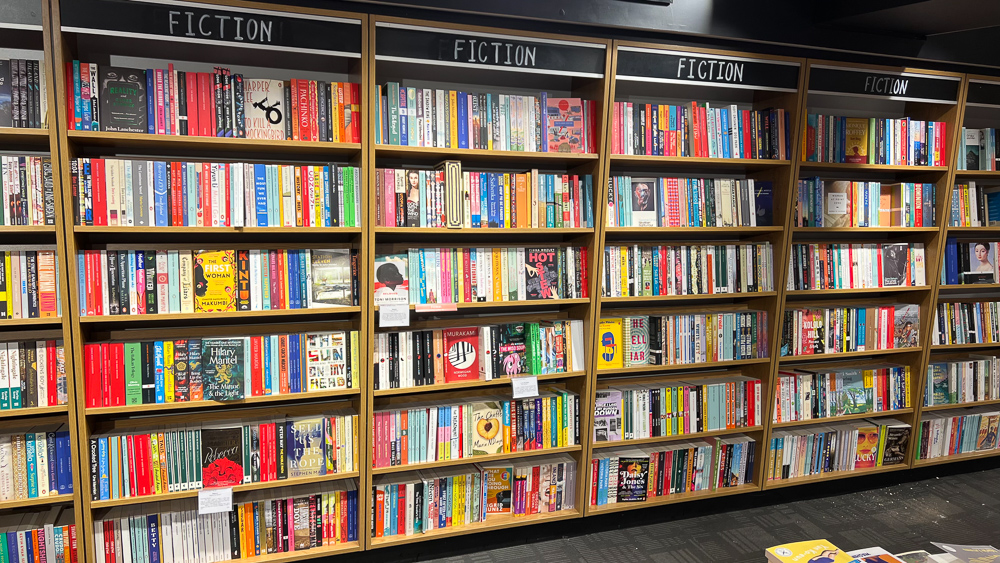A startlingly unoriginal post. I’m afraid. Begin the new year with some predictions. The problem is that I’m rubbish at predicting the future. And most of these lists tend to reflect the prejudices and wishes of the predictor. With these caveats in mind, here’s my stab at guessing what is going to happen in the world of wine in 2013.
Cheap wine will get more expensive. This is because of a shift in the world of wine. For several years supply has exceeded demand. This is now changing, and soon prices will rise because demand is outstripping supply. There’s already a shortage of decent bulk wine, and 2012 was a short year across most of Europe. Some have suggested that it’s a good thing for people to pay more for their wine. I would argue that this perspective ignores the fact that for many people, even cheap wine is still quite expensive. Raise the price of wine, less will sell. This in turn could lead to a contraction in the market. Fewer people drinking wine is bad for the long-term future of the wine industry.
Supermarkets and certain major wine merchants will begin to reap what they’ve sown. In a market of over-supply, they’ve had the negotiating strength, and they’ve used it mercilessly to hammer prices down to the point where it’s no longer a sustainable relationship with their suppliers. And they also add on all sorts of extra costs. I hear some real horror stories from suppliers. It’s what supermarkets do. As the wine market shifts and demand and supply are better balanced, some wine producers will decide they’ve had enough of this sort of behaviour and will sell their wine elsewhere.
Another big year for natural wines. The natural wine movement is so dynamic and interesting, I can only see it continuing to flourish. It’s niche, for sure, but people just seem to love these wines when they get a chance to taste them.
Say goodbye to Kiwi Sauvignon in the UK. I heard that the bulk price for generic Marlborough Sauvignon is now NZ$5 per litre. That works out at a shelf price of around £10 a bottle. Current shelf price in supermarkets is £5–6 for bulk-shipped Savvie from the land of the Hobbit. While many supermarkets will have signed contracts a way back, it won’t be long before the shelf price climbs steeply —to the point where there aren’t any customers. The Kiwis have been eyeing up more profitable markets for a while, and we can expect the UK to become a fairly low priority for them for their less expensive wines.
Let’s welcome some fresh faces in wine communication. The rise of wine talk social media has already changed the way wine journalists operate. Expect to see the continued decline of the traditional ‘wine journalist’ in 2013, and more impact from the new generation wine communicators. Social media, with metrics such as Klout, is measurable, and it’s much easier for PR companies and generic bodies to see who is influencing opinion, so this opens the door for much needed fresh voices–and faces— in the wine communication world.
The integrity of the remaining professional wine writers will become strained. Those who follow the money will increasingly be producing hollow content. Those who truly love wine and want to share their enthusiasm will find it necessary to turn down some paying gigs that would have necessitated bigging-up uninteresting wines.
The wine world will continue to shift slowly away from Europe. In 1990, world production of wine was 289 million hectolitres, of which Europe accounted for 225 million hectolitres. In 2009, the world produced 266 million hectolitres, and Europe made 160 million hectolitres. Vineyard area is shrinking steadily in Europe, but growing healthily in countries such as China, Chile and New Zealand.
There will be further polarization in the world of wine. The middle ground will continue to erode and the gap between commodity wine and wine as a luxury good will appear more pronounced. Interesting, affordable wine will still exist, but it will require some effort on the part of consumers to encounter it and then buy it. Finding good, authentic wine on mainstream retail and restaurant lists will become increasingly difficult.
That’s it. I can’t think of any more.
6 Comments on Some predictions for the wine world in 2013


Some interesting ideas there. In terms of wine communication, my guess is that things are going to get “worse” in general, with many consumers not being prepared to pay for quality content. Sure, there will be hundreds of the blogerati, but much of this will be fake content, largely driven by PR. Fresh voices, yes, but with less of true value to say.
I suppose I’d add that puritanism and people trading on false credentials and bad statistics to influence media and politician will contribute to increased end-user pricing and possibly (not sure when, may well not be 2013) reductions in tolerated alcohol limits (eg. drink and drive).
I’d be quite pleased to see cheap SB replaced by something else…
Gee…! It seems I agree with every point altho’ Ontario being constrained by a Liquor & Wine Monopoly will likely lag behind the migration away from European wines to New World. Unfortunately consumers here don’t have access to many of the quality values from Europe… not the New World. With the likes of Constellation Brands taking over wineries in NZ such as Kim Crawford’s NZ brands will follow your prediction. Faithful followers will not pay the price for commercial labels.
The growth in the number of wineries is likely a sign of higher profit margins for plonk and investment by venture investors. Profit is their motive and quality be damned to a point. In Ontario where VQA identifies where grapes come from We’re likely to see more VQA Ontario or Niag Pen labelled to compete with imported commercials. The narrower VQA wines will see even higher prices.
As for media content there has been a pronounced nepotism critic-to-income source shown, in my view, already. What use to be small has grown and has convinced consumers to go to freelance bloggers having the dedication to wines for reviews as a last resort perhaps. Having good results and the ability to converse one on one will likely replace the ‘pay for play’ option offered by professional critics and their newsletter or websites.
Not sure I get the last point. How polarised is it at the moment and why should it get more polarised?
I go to my nearest wine shop and there seems to be plenty of options at most prices and I have the feeling that paying double or triple the lowest price possible (about $12 = £7 in British Columbia) will land me a significantly more interesting wine, without it being classed as a “luxury good”.
I am with Andrew on the last point. I see the mid ranges bulking out at the moment, forming a more and more siginificant part of my portfolio and sales. Something to be cheerful about perhaps? On the other hand I see the split in the UK trade between independents and supermarkets continuing to grow. The independents that are successful, it seems to me, are those that follow a deliberate policy of NOT competing head on with the big chains. But maybe this will come full circle, with cheaper wines not available any more, perhaps the larger chains will start trading in the Independents’ traditional territory?
I can’t really see Kiwi sauvignon dying out in the UK – surely the UK is going to remain a key market for NZ wine for many years to come. And as I understand it, for a NZ producer to market its wines in the UK (or presumably any major market) it needs to have a sauvignon blanc in its portfolio. I know everyone in NZ and Australia talks about breaking into the Chinese market etc, but how viable is that in the short term? I’m looking forward to discussing this with the guys in Hawke’s Bay when I next go to NZ later this year.
That said, paying at least £10 for a decent Kiwi sav is something I’m been used to for a good few years now…
Some interesting predictions there. I especially agree with European wine giving way to the now excellent wines from Argentina and Chile etc.
When visiting the UK in past years it was already difficult to find authentic wine on restaurant lists. Won’t the market shift away from supermarkets help in this respect?